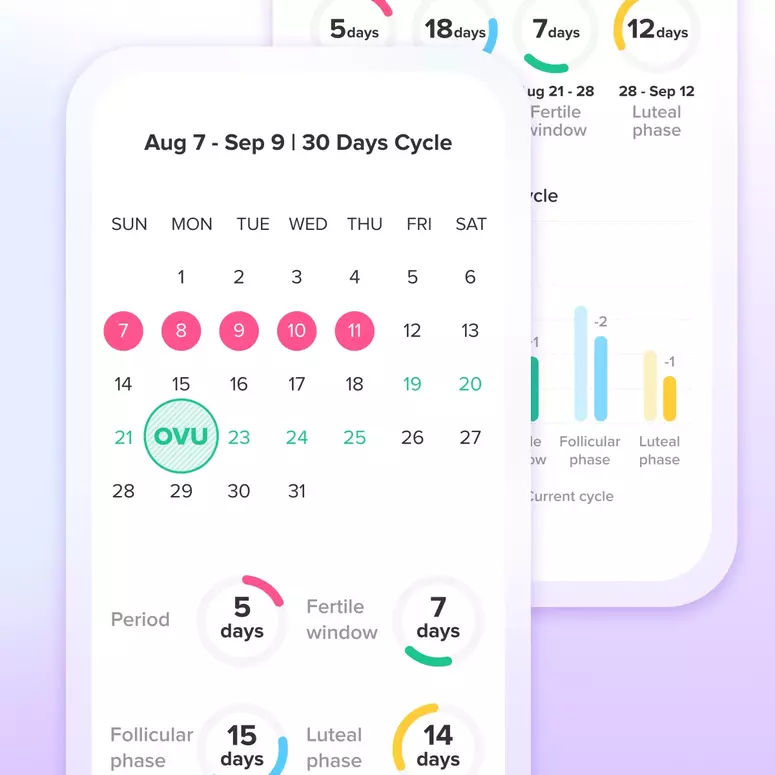Google Doodle Honors Pap Smear Inventor Georgios Papanikolaou







Pap Test Results
A Pap test result can be normal, unclear, or abnormal.
Normal. A normal (or “negative”) result means that no cell changes were found on your cervix. This is good news. But you still need to get Pap tests in the future. New cell changes can still form on your cervix.
Unclear. It is common for test results to come back unclear. Your doctor may use other words to describe this result, like equivocal, inconclusive, or ASC-US. These all mean the same thing—that your cervical cells look like they could be abnormal. It is not clear if it’s related to HPV. It could be related to life changes like pregnancy, menopause, or an infection. The HPV test can help find out if your cell changes are related to HPV.
Abnormal. An abnormal result means that cell changes were found on your cervix. This usually does not mean that you have cervical cancer. Abnormal changes on your cervix are likely caused by HPV. The changes may be minor (low-grade) or serious (high-grade). Most of the time, minor changes go back to normal on their own. But more serious changes can turn into cancer if they are not removed. The more serious changes are often called “precancer” because they are not yet cancer, but they can turn into cancer over time. In rare cases, an abnormal Pap test can show that you may have cancer. You will need other tests to be sure. The earlier you find cervical cancer, the easier it is to treat.
How often should a Pap smear be repeated? Doctors generally recommend repeating Pap testing every three years for women ages 21 to 65. Women age 30 and older can consider Pap testing every five years if the procedure is combined with testing for HPV. ❤
Let's Glow!
Achieve your health goals from period to parenting.




